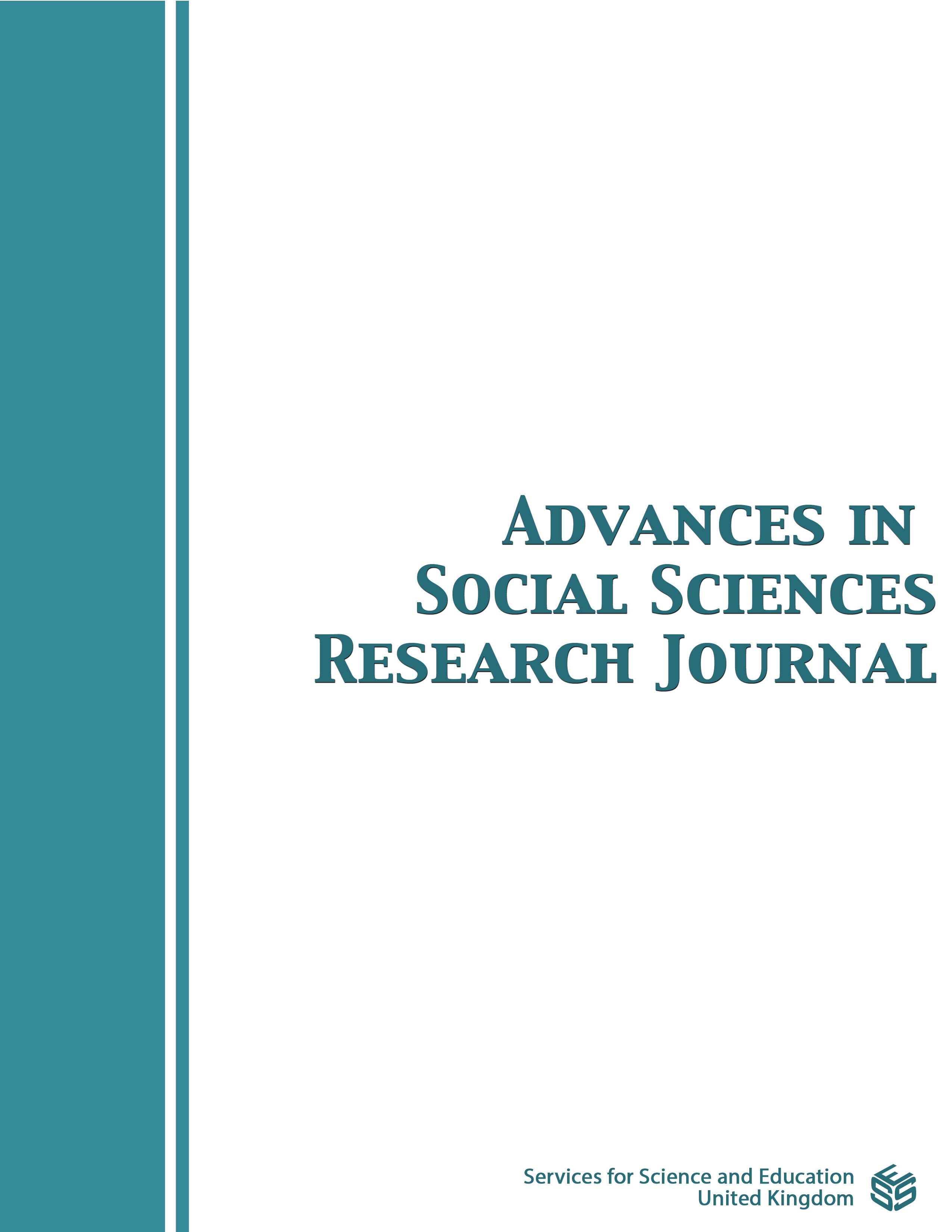The Tokyo Tribunal: Precedent for Victor’s Justice II
DOI:
https://doi.org/10.14738/assrj.88.10666Keywords:
Hiroshima, Nagasaki, victor’s justice, victim’s justice, Tokyo tribunal, World War II, Emperor Hirohito and war crimes.Abstract
Besides, previous publication of Nuremberg Tribunal: A Precedent for Victor’s Justice (2020), the study is named as The Tokyo Tribunal: Precedent for Victor’s Justice II. The bombings at Hiroshima and Nagasaki were heinous crimes against humankind that caused physical, material, socio-cultural, and emotional losses. The bombings violated humanitarian law. This paper aims to find out the situations of the investigation, prosecution and punishment, and analyse the preference for justice: victor’s justice or victim’s justice. During World War II, anti-communist Emperor Hirohito actively led Japan decorated by the Army’s uniform but pretended to be a ceremonial Emperor making scapegoats to his opponents. Former Prime Ministers Konoe and Tojo were conspiratorially assassinated. Hirohito bribed callous US Army General Douglas MacArthur. MacArthur ordered to gather testimonies to prove Hirohito as innocent. The Tokyo Tribunal was biased since it did not speak a word against the indiscriminate bombings and mass killings in Chinese cities, among others. The Tribunal had a pseudo justice body, highly influenced by the US military and retributive justice doctrines. Judges were appointed from each allied victor excluding from Japan. Five of the 11 Judges submitted separate opinions on their judgment. Justice had been elusive for the innocent, weak, and poor victims. Most crimes committed went unpunished. The Tribunal ironically ensured the victor’s justice, further limiting the victim’s justice. Thus, the Tribunal appeared as a sword in a judge's toupee.
Downloads
Published
How to Cite
Issue
Section
License
Copyright (c) 2021 Professor Bishnu Pathak

This work is licensed under a Creative Commons Attribution 4.0 International License.
Authors wishing to include figures, tables, or text passages that have already been published elsewhere are required to obtain permission from the copyright owner(s) for both the print and online format and to include evidence that such permission has been granted when submitting their papers. Any material received without such evidence will be assumed to originate from the authors.






